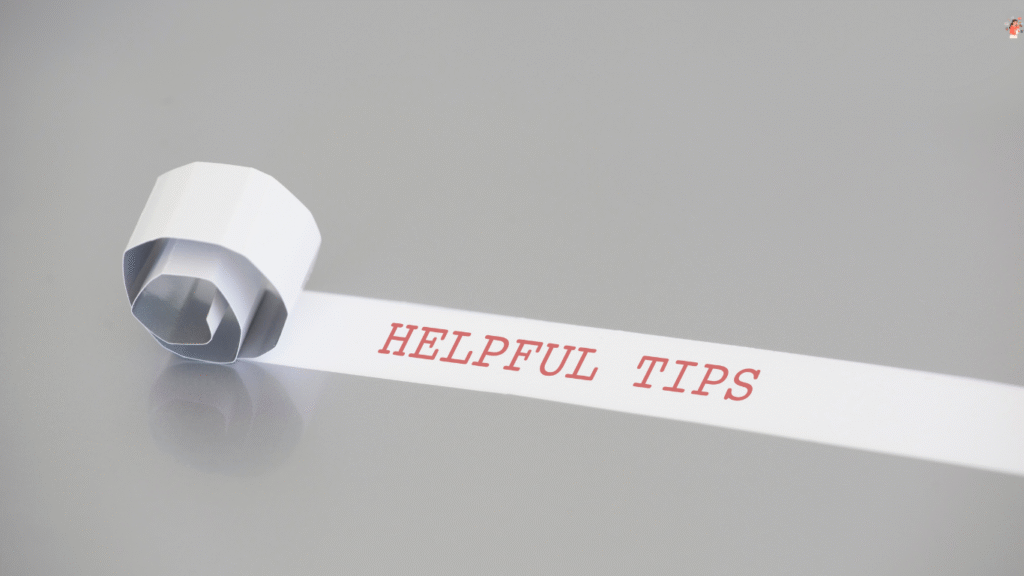Living below your means is one of the most powerful principles for achieving long-term financial health. It’s not about depriving yourself or living like a hermit—it’s about prioritizing your future, managing your resources wisely, and making intentional decisions that align with your financial goals.
Whether you want to eliminate debt, save for a major purchase, invest for retirement, or simply gain more peace of mind, learning to live below your means is a smart and strategic move. In this article, we’ll explore what this lifestyle really entails, its benefits, and 20 proven tips to help you embrace it in a practical and sustainable way.
What Does Living Below Your Means Really Mean?
Living below your means simply means spending less than you earn. It involves avoiding lifestyle inflation, being conscious of your financial habits, and focusing on building wealth over time. When you consistently spend less than you make, you free up money to save, invest, and prepare for the unexpected.
It’s not necessarily about being cheap—it’s about being smart and purposeful with your money.
Why Is It Important?
There are many benefits to living below your means, including:
- Financial Security: You’re better prepared for emergencies and unexpected expenses.
- Debt Reduction: You avoid or eliminate debt more quickly.
- Increased Savings: More of your money goes toward building wealth.
- Peace of Mind: Less financial stress and more control over your future.
- Freedom and Flexibility: More room to make life choices on your terms.

20 Practical Tips for Living Below Your Means
Table of Contents
1. Track Every Dollar You Spend
Before you can reduce your expenses, you need to know where your money is going. Use a budgeting app or spreadsheet to track all your expenses—rent, food, subscriptions, entertainment, etc. This provides clarity and helps identify areas where you’re overspending.
2. Create and Stick to a Realistic Budget
A budget is a financial roadmap. It tells your money where to go instead of wondering where it went. Break your income into categories—needs, wants, savings—and assign a limit to each. Make sure to include savings as a non-negotiable.
3. Differentiate Between Needs and Wants
Living below your means requires self-discipline. Learn to distinguish between what you need and what you want. You might need a car, but do you need the latest luxury model? You might need food, but eating out every day isn’t necessary.
4. Cook More Meals at Home
Dining out can quickly drain your wallet. By preparing meals at home, you can save hundreds each month. Plan weekly menus, buy groceries in bulk, and take advantage of leftovers to reduce food waste and save even more.
5. Embrace a Minimalist Lifestyle
Minimalism encourages you to live with less and focus on what truly matters. Instead of constantly buying new clothes, gadgets, or décor, learn to appreciate what you already have. Declutter your space and sell or donate items you don’t use.
6. Use Cash or Debit Over Credit
When you use cash or a debit card, you’re limited to the money you actually have. Credit cards can encourage overspending due to their convenience and delayed consequences. If you use credit, pay the full balance every month to avoid interest.
7. Build an Emergency Fund
Having an emergency fund protects you from unexpected setbacks like medical bills, car repairs, or job loss. Start with $500 to $1,000 and build up to three to six months’ worth of living expenses.
8. Pay Yourself First
Treat your savings like a bill that must be paid every month. Set up automatic transfers to your savings or investment account as soon as you get paid. This habit builds discipline and ensures consistent financial growth.
9. Avoid Lifestyle Inflation
As your income increases, it’s tempting to upgrade your lifestyle—nicer car, bigger house, expensive vacations. But this often leads to living paycheck to paycheck at a higher income level. Instead, maintain your current lifestyle and save the raise.
10. Shop with a List and a Purpose
Impulse shopping is the enemy of financial control. Always go to the store with a list and stick to it. Avoid shopping for fun or to relieve stress. If you feel the urge, take 24 hours before making any non-essential purchase.
11. Cut Unnecessary Subscriptions
Audit your monthly subscriptions—streaming services, apps, gym memberships, magazines. Cancel the ones you rarely use. Even cutting just $10 to $20 per month can add up to substantial yearly savings.
12. Buy Used or Discounted When Possible
You don’t always need to buy new. Thrift stores, online marketplaces, outlet centers, and sales can help you find quality items at a fraction of the cost. Consider refurbished electronics, second-hand furniture, and gently used clothing.
13. Drive an Affordable Car
Cars are often one of the biggest expenses. Opt for a reliable used car instead of financing a new one. Avoid leases, which can be expensive over time. Maintain your car well to extend its life and avoid unnecessary repairs.
14. Rent Instead of Buying (If It Makes Sense)
In some markets, renting may be cheaper and more flexible than buying a home. Evaluate your location, job stability, and long-term goals before deciding. If you do buy, aim for a modest home you can afford comfortably.
15. Avoid Debt Whenever Possible
Debt drains your income through interest payments. Avoid borrowing for wants and focus on paying down high-interest debt like credit cards and payday loans. Only take on low-interest debt when absolutely necessary (e.g., student loans, mortgage).
16. Take Advantage of Free Entertainment
Entertainment doesn’t have to cost a lot. Look for free or low-cost activities in your area: hiking, local events, library resources, community centers, and game nights at home. Cut down on expensive nights out and streaming service overload.
17. Build Financial Literacy
The more you understand about money, the better decisions you’ll make. Read personal finance books, listen to podcasts, follow reputable financial blogs, and learn about investing, budgeting, taxes, and long-term planning.
18. Set Financial Goals
Goals give your money purpose. Whether it’s saving for a house, traveling debt-free, or retiring early, having clear goals helps you stay motivated and disciplined. Break big goals into smaller steps to track progress.
19. Practice Gratitude and Contentment
Financial happiness isn’t about having more—it’s about being satisfied with enough. Practice gratitude for what you already have instead of always seeking the next upgrade. This mindset shift can drastically reduce unnecessary spending.
20. Surround Yourself with Like-Minded People
Your environment influences your habits. Spend time with people who respect financial boundaries, prioritize savings, and support your efforts to live below your means. Avoid peer pressure to overspend or keep up with others.

Real-Life Example: Sarah’s Story
Sarah, a 35-year-old teacher, made a modest income but always struggled with credit card debt. After deciding to live below her means, she started meal-prepping, canceled unused subscriptions, and sold her second car. Within two years, she paid off $15,000 in debt and built a $10,000 emergency fund. Her secret? Consistency and mindfulness.
Sarah’s story proves that living below your means doesn’t require a high income—just smart habits and commitment.
Common Challenges and How to Overcome Them
Challenge: Social Pressure to Spend
Solution: Be upfront about your financial goals. Suggest cost-friendly hangouts and build a support system of friends who respect your choices.
Challenge: Feeling Deprived
Solution: Focus on value-based spending—splurge occasionally on what truly brings you joy, but cut back ruthlessly on what doesn’t.
Challenge: Impulse Buying
Solution: Unsubscribe from marketing emails, avoid browsing for fun, and implement a 24-hour rule for purchases.
Conclusion: Living Below Your Means Is a Lifestyle, Not a Limitation
Living below your means isn’t about sacrifice—it’s about freedom. It’s a choice to take control of your finances, reduce stress, and build a secure future. When you prioritize needs over wants and choose long-term wealth over short-term pleasure, you open the door to opportunities that excessive spending can never provide.
No matter your income level, living below your means is a mindset and a practice that will serve you for life. Start with small changes today, and over time, you’ll be amazed at how far it can take you.
Final Takeaway Tips
- Start tracking expenses today—knowledge is power.
- Automate savings to grow wealth effortlessly.
- Don’t compare your lifestyle to others—it’s your journey.
- Celebrate small wins—they build momentum.
- Stay patient—living below your means is a marathon, not a sprint.
Let me know if you’d like this formatted for a blog post, need internal/external links, or want to pair it with another related topic like “Zero-Based Budgeting” or “Building an Emergency Fund!
